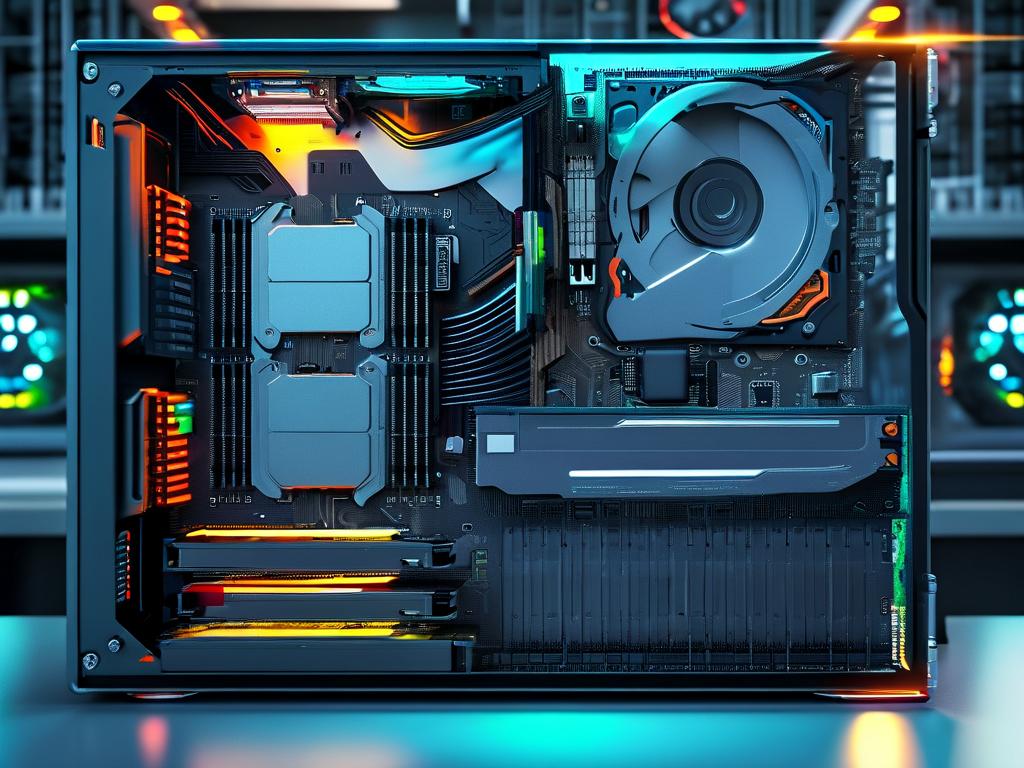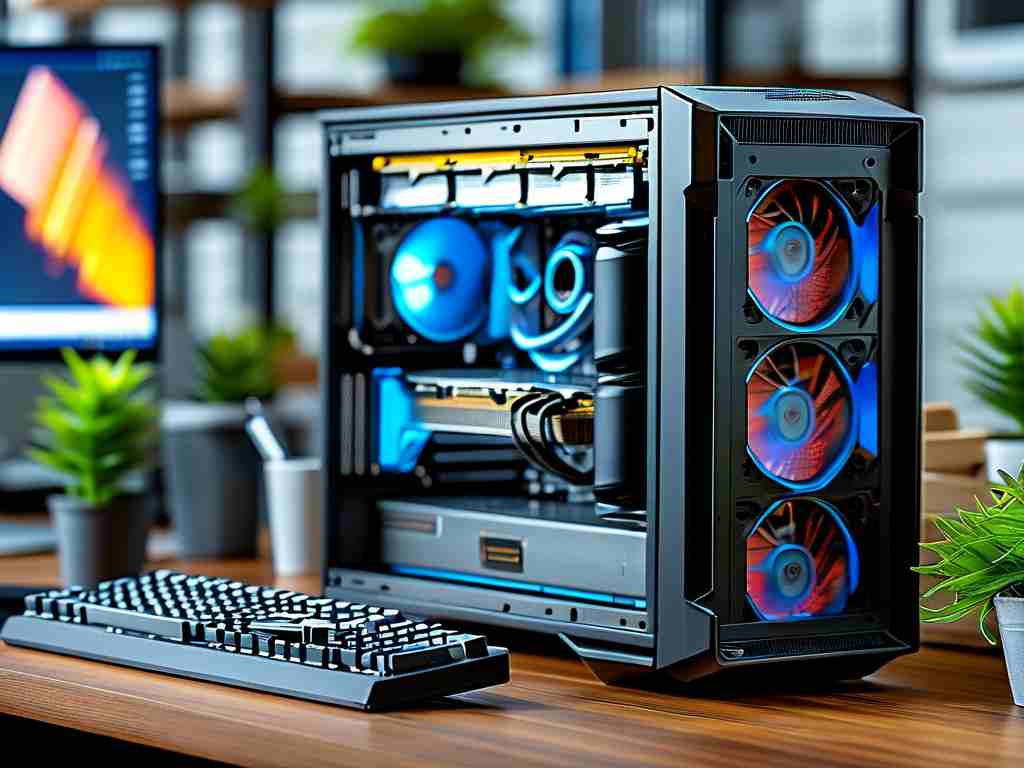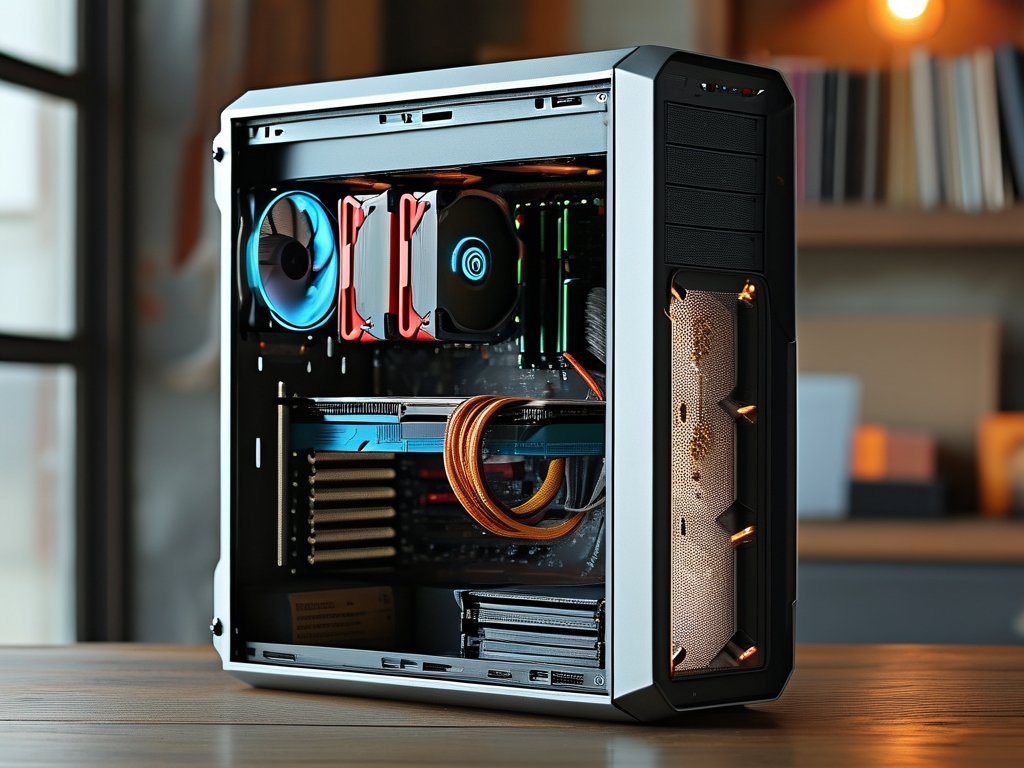In the realm of computing, storage devices play a pivotal role in how data is managed, accessed, and preserved. Two fundamental categories dominate this space: internal memory (often referred to as "memory") and external storage (commonly called "storage"). While both are essential for system functionality, they serve distinct purposes and operate under different principles. Understanding their differences, use cases, and technological advancements is critical for optimizing performance and making informed decisions in hardware selection.

Internal Memory: Speed and Volatility
Internal memory, primarily represented by Random Access Memory (RAM), is the computer’s short-term data repository. It is designed for rapid data access, enabling the CPU to retrieve and process information quickly during active tasks. RAM operates at speeds measured in nanoseconds, which is orders of magnitude faster than even the quickest external storage devices. For instance, modern DDR5 RAM can achieve transfer rates exceeding 6,400 Mbps, ensuring seamless multitasking and real-time application performance.
However, RAM is volatile, meaning it loses all stored data when power is disconnected. This characteristic makes it unsuitable for long-term data retention but ideal for handling transient workloads like running applications, caching frequently used files, or managing operating system processes. Innovations such as non-volatile RAM (NVRAM) aim to bridge this gap by combining speed with persistence, though such technologies remain niche due to cost and scalability challenges.
External Storage: Capacity and Persistence
External storage encompasses devices like Hard Disk Drives (HDDs), Solid-State Drives (SSDs), and removable media (e.g., USB drives). These solutions prioritize capacity and data durability over speed. A typical HDD offers terabytes of space at a low cost, relying on spinning magnetic platters and read/write heads. SSDs, which use NAND flash memory, eliminate moving parts to deliver faster read/write speeds and improved shock resistance, though at a higher price per gigabyte.
Unlike internal memory, external storage retains data even when powered off, making it indispensable for archiving files, installing software, and backing up critical systems. For example, operating systems are installed on SSDs or HDDs, while user documents, media libraries, and databases reside here permanently. Hybrid solutions like Intel Optane Memory attempt to blur the line by caching frequently accessed data on high-speed storage modules, but the core distinction between volatile and non-volatile storage remains.
Technological Evolution and Convergence
The boundary between memory and storage has become increasingly porous. Storage-class memory (SCM), such as 3D XPoint, offers latency close to DRAM while maintaining non-volatility. Similarly, advancements in NVMe (Non-Volatile Memory Express) protocols allow SSDs to communicate directly with the CPU via PCIe lanes, reducing bottlenecks and achieving speeds previously reserved for RAM.
On the software side, operating systems leverage techniques like virtual memory to extend RAM capacity by using a portion of external storage as a temporary swap space. While this approach mitigates physical memory limitations, it introduces latency due to the slower nature of storage devices. Developers must balance these trade-offs when designing resource-intensive applications.
Practical Considerations for Users
For everyday users, the choice between upgrading RAM or storage depends on specific needs. Insufficient RAM leads to sluggish performance when running multiple applications, whereas limited storage restricts the ability to store large files. Gamers and content creators often prioritize both: ample RAM for rendering and high-speed NVMe SSDs for loading assets. Enterprises, meanwhile, invest in enterprise-grade SSDs with power-loss protection and RAID configurations to ensure data integrity and uptime.
Looking ahead, emerging technologies like quantum storage and DNA-based data retention promise revolutionary changes, though these remain experimental. For now, the synergy between internal memory and external storage continues to underpin the efficiency and reliability of modern computing systems. By grasping their roles and interdependencies, users and professionals alike can harness their full potential.







